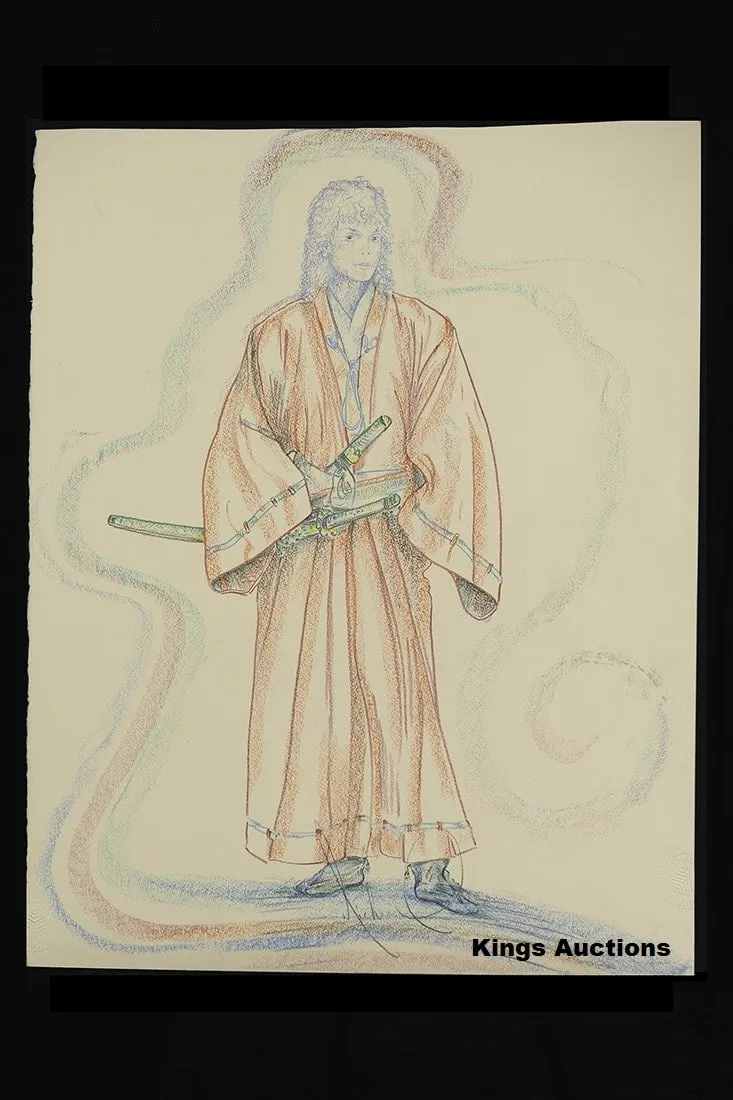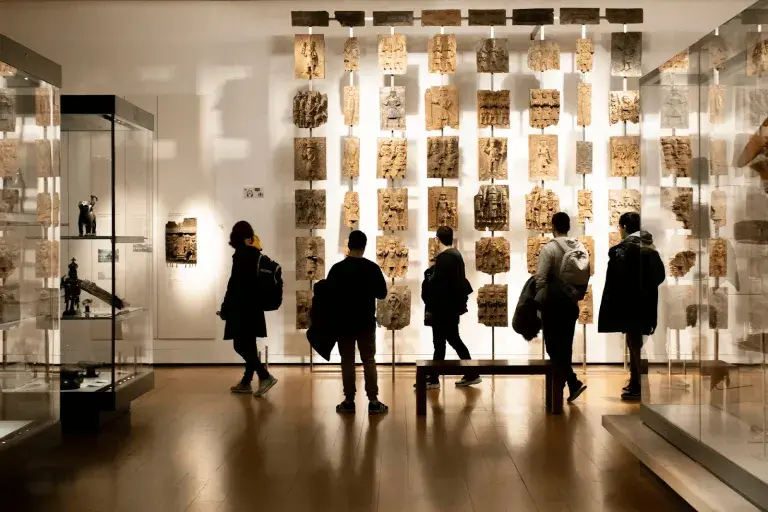The Luzzatto High Holiday Mahzor: Medieval Hebrew Manuscript to Sell at Sotheby’s
This October, Sotheby’s will offer the oldest illustrated Hebrew prayer book to ever appear at auction. Penned by a Jewish scribe in the late 13th or early 14th century, the Luzzatto High Holiday Mahzor carries a storied history that stretches across medieval Europe. The manuscript, which Sotheby’s describes as “the most important medieval illustrated mahzor to come to market in a century,” is expected to fetch between USD 4,000,000 and $6,000,000.

Journey to the Auction Block
During the High Middle Ages, Ashkenazi Jewish communities commissioned scribes to copy their rites in prayer books. A scribe named Abraham copied the available Luzzatto High Holiday Mahzor in present-day Germany. The mahzor contains the liturgy for Rosh Hashanah and Yom Kippur, the two holiest days on the Jewish calendar.
The text uses a pre-Ashkenazic pronunciation characteristic of German Jews in the Middle Ages. Because the manuscript relies exclusively on consonants, a scribe and vocalizer later added vowel points to indicate the intended pronunciation. The anonymous vocalizer who annotated the text likely belonged to a mixed French-German Ashkenazic community, possibly placing the mahzor near the Alsace region in the early 14th century.
Unlike most mahzor manuscripts, which typically remain in one location or community, this volume changed hands multiple times in the following generations. Later annotations indicate that the prayer book once resided near Lake Constance along the borders of modern-day Switzerland, Germany, and Austria. It eventually resided in Northern Italy under the Catholic pope’s rule. At that time, censors edited or destroyed many Jewish manuscripts if they appeared to be offensive to Christianity. The Luzzatto High Holiday Mahzor did not escape this censorship. Some passages contain blotted text, and a few pages are missing.

The Luzzatto High Holiday Mahzor received its current name from Samuel David Luzzatto, an Italian Jewish scholar and theologian. He was a devoted teacher and collector of Jewish manuscripts. Luzzatto acquired the available prayer book sometime between 1846 and 1865. After his death, the Alliance Israélite Universelle (AIU) purchased the mahzor for its library. The AIU is an international organization based in Paris. Its work includes promoting Jewish self-defense, literacy, human rights, and education. The AIU held the Luzzatto High Holiday Mahzor for over 150 years before consigning it to the present auction. Sale proceeds will benefit the AIU’s educational projects, scholarships, programming, and digital infrastructure.

Notable Decorative Details
The Luzzatto High Holiday Mahzor is particularly notable for its extensive decorative details. Floral motifs, fleurs-de-lis, grotesques, and scrollwork frequently appear on the pages of this mahzor. Abraham wrote several words in colorful ink, added extensive flourishes, and subtly marked his name. This manuscript also contains an above-average number of embellishments, ornamented initial word panels, and medieval illustrations. They together reflect the commissioning Jewish community’s wealth and interest in beauty.
Sotheby’s notes that the mahzor’s decorative details show distinctly Ashkenazic features. One recurring illustration shows a figure blowing a shofar horn while resting one foot on a stool. The scribe Abraham also followed the Ashkenazic custom of not portraying human figures from the front. Instead, he showed his figures in profile, with distorted features, or with a bird’s head.

Later Additions and Changes
Each community that owned and preserved the Luzzatto High Holiday Mahzor made slight changes and additions according to its needs. One annotator included a compressed glossary in the margins with translations from the original Hebrew into Yiddish. He also included a penitential poem composed after anti-Semitic violence swept Europe during the Black Death epidemics. The censorship of the 16th through 18th centuries yielded other changes. An Italian Jewish scholar most likely self-censored the mahzor to avoid significant damage from Christian censors. This person occasionally revised problematic passages in the margins after striking a line.
According to Sotheby’s, this well-preserved mahzor “opens fascinating windows onto the lives, rites, and rituals of medieval and early modern Ashkenazic Jewry… The elegance of its calligraphy and beauty of its program of decoration make this a superb, exceedingly rare manuscript worthy of the most important collections the world over.”
Sotheby’s will auction the Luzzatto High Holiday Mahzor on October 19th, 2021 at 11:00 AM EDT. Find the complete auction details and register to bid by visiting Sotheby’s.
Looking for more information about Jewish manuscripts at auction? Check out Auction Daily’s coverage of the Sassoon Judaica collection last December.









